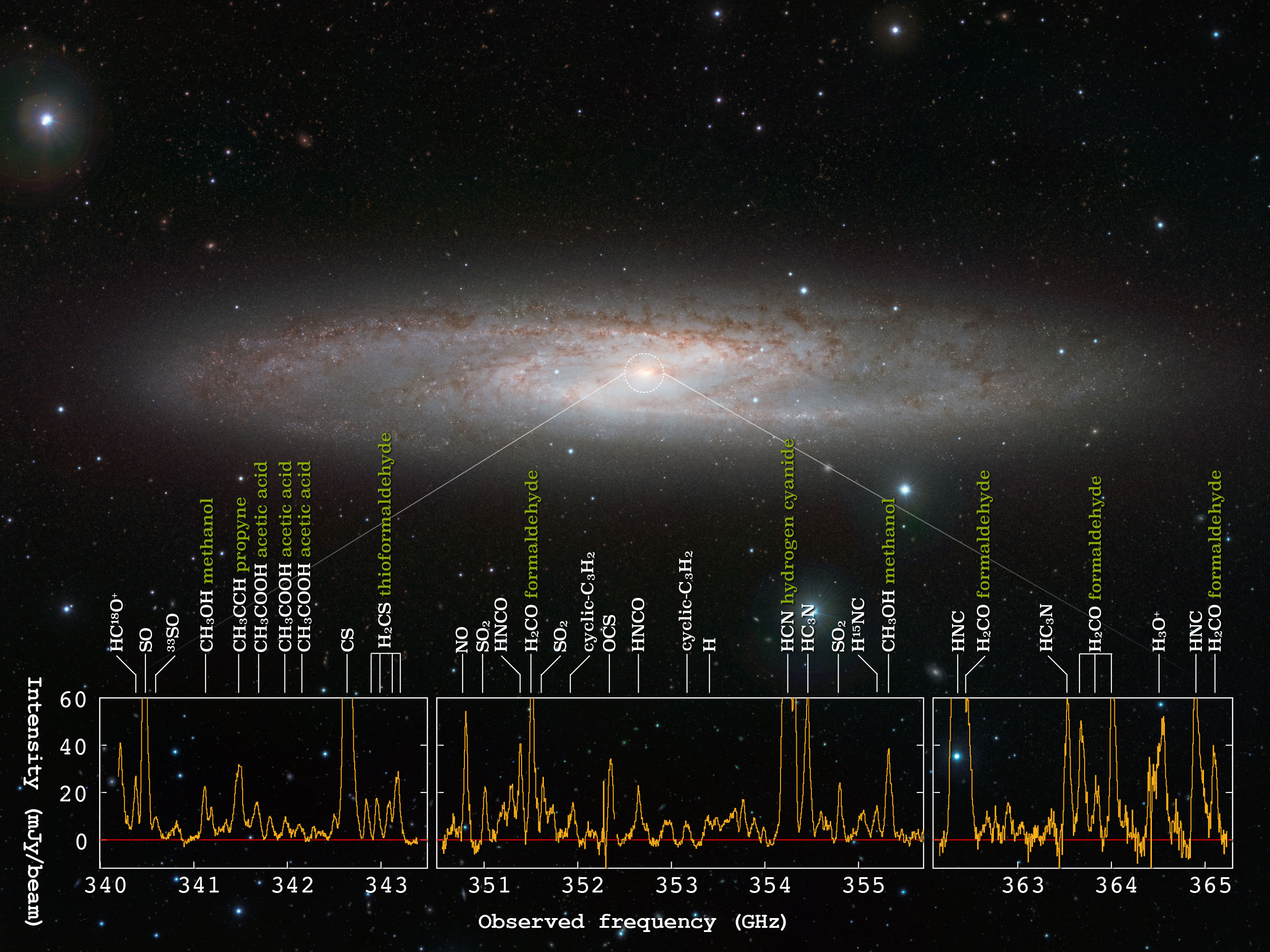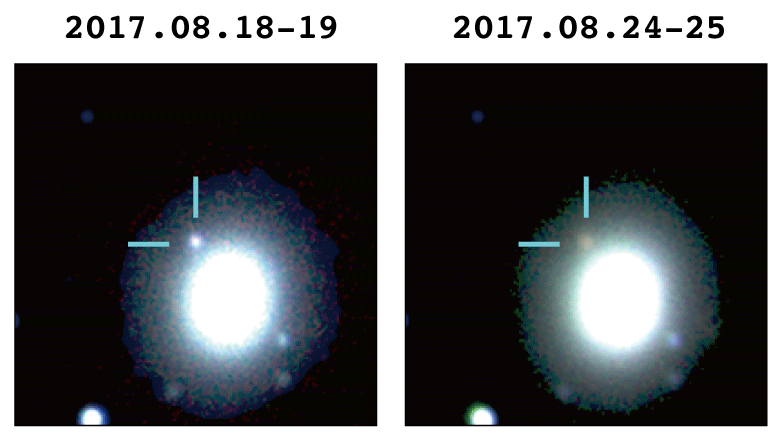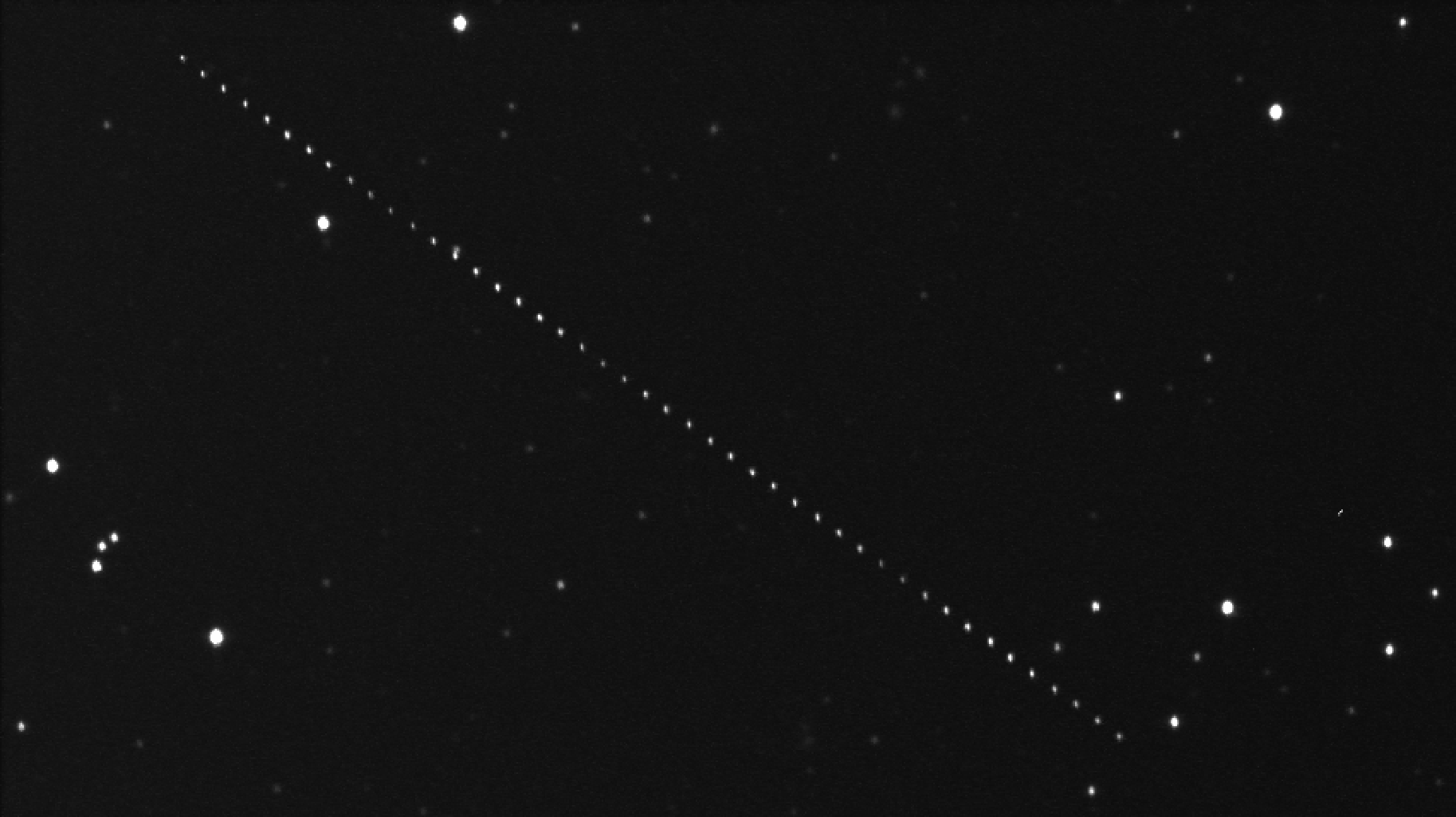 Nov 6, 2017
PRESS RELEASE
Nov 6, 2017
PRESS RELEASE
 Oct 18, 2017
PRESS RELEASE
Oct 18, 2017
PRESS RELEASE
 Oct 13, 2017
PRESS RELEASE
Oct 13, 2017
PRESS RELEASE
 Oct 5, 2017
PRESS RELEASE
Oct 5, 2017
PRESS RELEASE
 Jun 19, 2014
PRESS RELEASE
Jun 19, 2014
PRESS RELEASE
 Aug 23, 2012
PRESS RELEASE
Aug 23, 2012
PRESS RELEASE
 Sep 29, 2010
PRESS RELEASE
Sep 29, 2010
PRESS RELEASE
 Mar 4, 2010
PRESS RELEASE
Mar 4, 2010
PRESS RELEASE
 Aug 11, 2009
PRESS RELEASE
Aug 11, 2009
PRESS RELEASE
 Apr 20, 2005
PRESS RELEASE
Apr 20, 2005
PRESS RELEASE